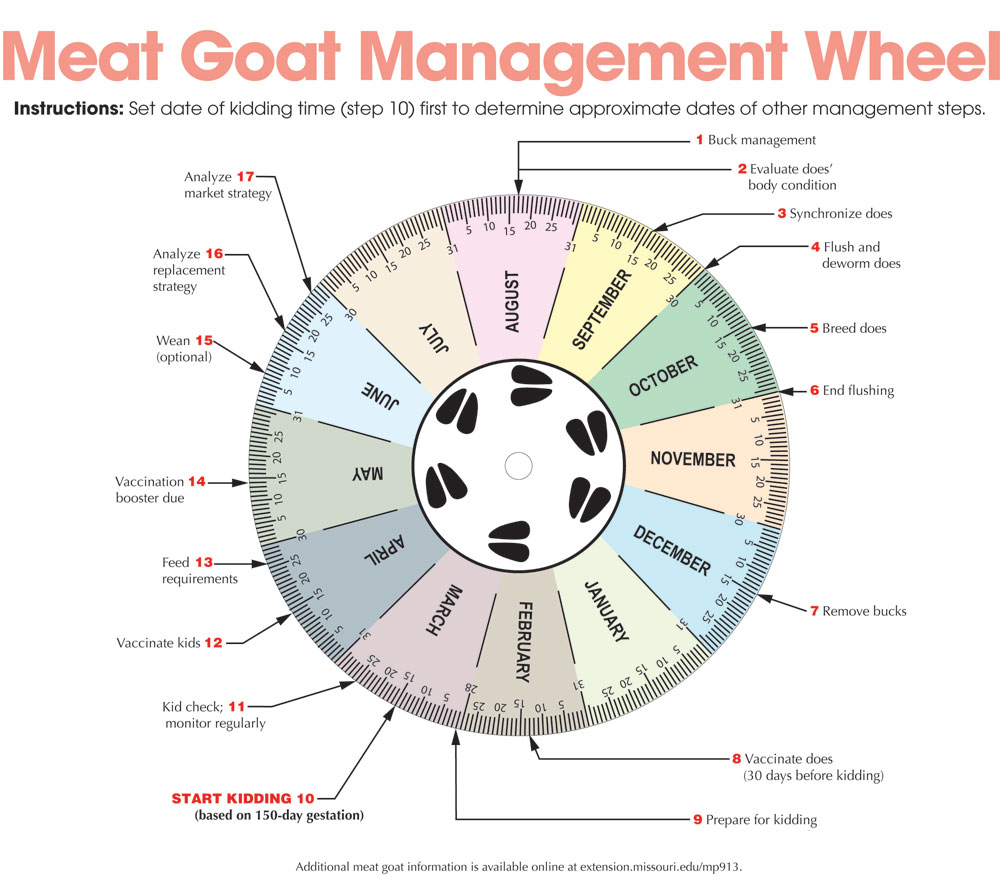
Heat stress can impact overall health and performance of sheep and goats
The blanket of summer’s heat and humidity is beginning to cover the Ozarks. As the throes of summer emerge, it’s time for small ruminant producers to take extra precautions to keep their animals healthy and thriving. “As the summer months set in, sheep and goat producers should watch their animals for heat stress related illnesses,” David Brown, Ph.D., livestock specialist with the University of Missouri Extension, said.
Impact of Heat Stress
Stretches of heat exposure can negatively affect the overall health and performance of small ruminants. Heat stress creates an increased need for water and a decrease in dry matter intake (DMI). “Reduced DMI during heat stress can lead to a range of negative impacts on animal performance including decreased energy intake (energy deficit), decrease body condition and potential weight loss, nutrient imbalance, and reduced milk production in lactating ewes/does,” Brown added.
Reasons for Heat Stress
The prolonged heat and humidity can take a toll on sheep and goats. Over time the animals may lose their ability to regulate their body temperature because they reach a point where they cannot dissipate enough heat to maintain body thermal balance.
According to Brown, producers will want to look at more than the numbers on a thermometer when determining the potential heat impact on their herds or flocks. “It is important to note that temperature humidity index (THI) is the best measure of livestock environmental stress as it gives a more accurate measure of heat stress,” Brown explained. “Heat stress is considered severe in sheep and goats when the THI is between 84 and 86 (degrees) Fahrenheit, a THI above 86 (degrees) Fahrenheit is considered extreme.”
Signs of Heat Stress
One of the best ways to determine the level of stress in sheep and goats is to observe the animal’s level of open-mouth panting. Brown shared the following panting assessment scale to help producers gauge their herd or flocks heat stress.
• Mild heat stress – The animal may show mild to fast panting, but with a closed mouth. Rapid chest movements will be easily observable.
• Moderate heat stress – The animal may show fast panting, progressing to mouth slightly open, but the tongue is not extended beyond the lips. Rapid chest movements will be easily observable.
• Severe heat stress – In these cases, rapid, open-mouth panting will be seen with the neck extended, head held up and tongue extended.
• Extreme heat stress – At this level, open-mouth panting will be seen with the tongue fully extended and the head often lowered. Deeper breathing will occur with a reduction in the panting rate for short periods.
In additional to the visual panting assessment, other signs producers should look for include crowding at water sources, shade seeking, drooling, increased respiratory rate and immobility or staggering.
Managing Heat Stress
Small ruminant specialists encourage producers to adopt a multidisciplinary approach to help their animals manage the effects of high heat and humidity. Brown suggests producers consider implementing the following management strategies.
• Provide plenty of clean, cool water. On average, sheep and goats will drink 1 to 2 gallons of water per day, lactating animals will drink even more.
• Do not shear sheep in extreme heat. A thick fleece serves as insulation against temperature changes.
• Livestock should not graze during the heat of the day. Encourage early morning or late evening grazing to maintain normal feed intake.
• Provide nutrient-dense diets during periods of high heat and/or humidity. Animals produce less body heat when they are fed grain rather than poor-quality forages. Feed additives such as live yeast and vitamins C and E are essential to offset the impact of heat stress.
• Provide shade. Quonset huts, polydomes, carports or mature trees are all good options.
When livestock are housed in barns, an evaporative cooling system with water in the form of mist or sprinkling is recommended, but do not let these areas become wet and muddy.
• Monitor for signs of distress. Clinical signs of heat stress include continual panting, rapid breathing, weakness, inability to stand and rectal temperature over 105 degrees Fahrenheit. Death may occur with a rectal temperature over 107 degrees Fahrenheit, as the animal’s cells begin to degenerate.







